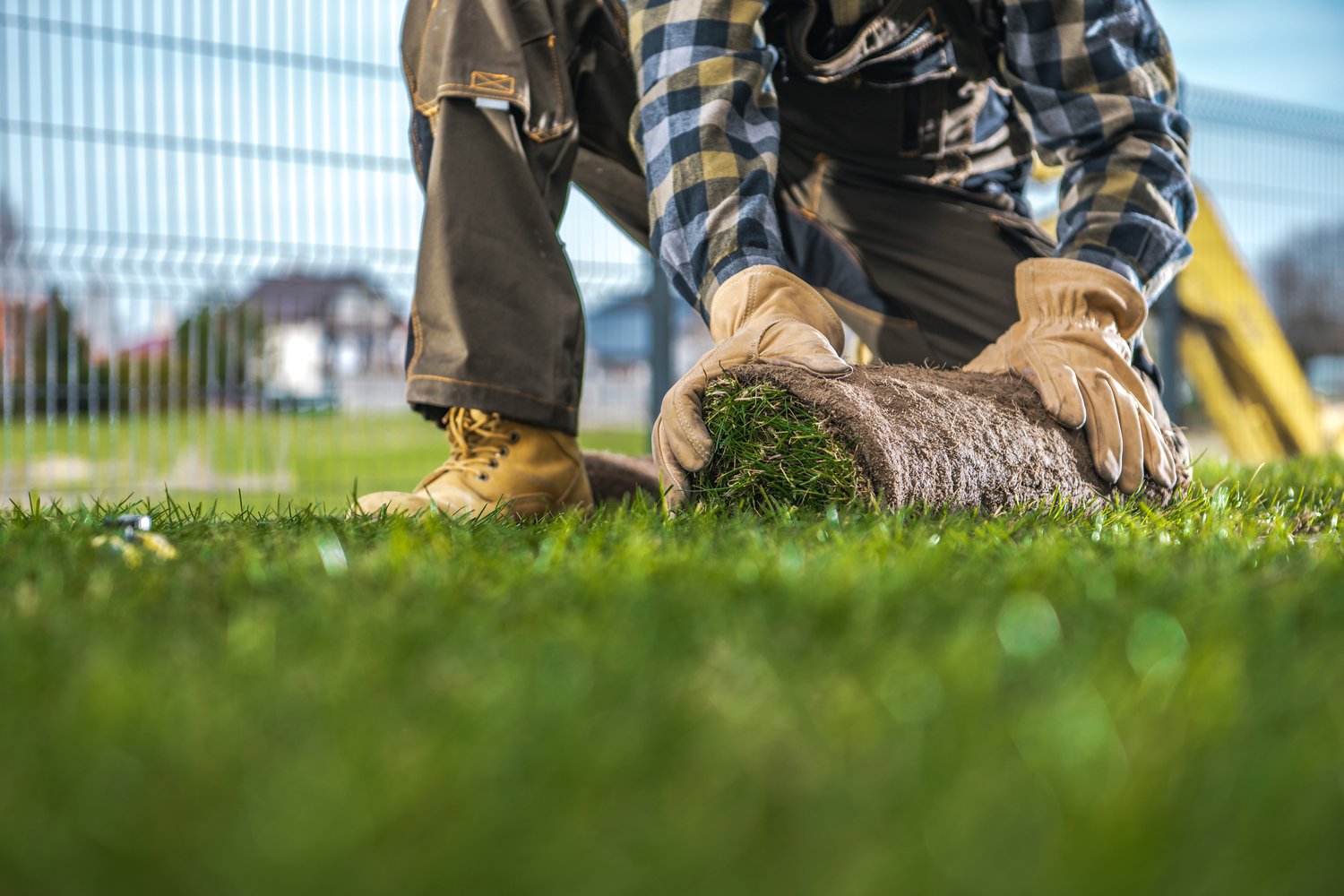Creating a beautiful outdoor space that both you and your pets can enjoy requires thoughtful planning and consideration of your furry friends’ safety and habits. Many common garden plants can be toxic to dogs and cats, while certain landscaping materials may pose hazards or discomfort. This article will guide you through selecting pet-safe garden plants, implementing non-toxic landscaping for dogs and cats, and designing outdoor spaces that accommodate your pets’ natural behaviors while maintaining aesthetic appeal.
Understanding Pet Behavior in the Garden
Before diving into specific plants and materials, it’s important to understand how pets interact with outdoor spaces. Dogs often enjoy digging, running along fence lines, and creating paths through garden beds. They may also chew on plants, sticks, and other garden elements. Cats, meanwhile, are natural hunters and climbers who may use garden beds for bathroom purposes or seek out tall grasses for chewing. A successful cat-safe outdoor plant selection considers these behaviors. By acknowledging these natural tendencies rather than fighting against them, you can create a garden that works with your pets rather than against them.
Choosing Non-Toxic Plants for Pet Safety
When selecting plants for a pet-friendly garden, safety should be your top priority. Many popular ornamental plants can cause serious health issues if ingested by dogs or cats. Some of the most dangerous include lilies (particularly for cats), azaleas, oleander, foxglove, and sago palms. Instead, fill your garden with pet-safe alternatives that provide similar aesthetic benefits. Sunflowers, roses, snapdragons, petunias, zinnias, and marigolds offer beautiful blooms without toxicity concerns. For greenery, consider pet-friendly options like Boston ferns, spider plants, and arborvitae. Herbs like rosemary, thyme, and sage are generally safe for pets and provide the added benefit of culinary use for humans.
Creating Dog-Friendly Garden Design Elements
A thoughtful dog-friendly garden design accounts for canine activity patterns while still achieving visual appeal. Create designated paths using rounded pea gravel, flagstone, or decomposed granite that give dogs clear routes through the garden. These materials are gentler on paws than sharp-edged mulches or gravel. Consider installing raised beds to protect special plantings from trampling or digging. For dogs who enjoy boundary patrol, leave a runway along fence lines rather than planting right up to the edge. Incorporate sturdy plants like ornamental grasses that can withstand occasional bumping or leaning. As recommended by experts at AskHomey, adding a designated digging area with sand or loose soil can redirect this natural behavior away from your prized perennials.
Addressing Special Considerations for Cats
Creating cat-safe outdoor spaces involves some different considerations than designing for dogs. Cats appreciate tall grasses for hiding and stalking, making ornamental varieties like fountain grass excellent choices that are also non-toxic. Include some areas with loose soil or mulch for natural bathroom needs, keeping these away from vegetable gardens or children’s play areas. Cat-friendly plants like catnip, catmint, and cat grass can provide enrichment, though you may want to contain these in designated areas to prevent overenthusiastic rolling. Vertical elements like cat-safe climbing trees or trellises with non-toxic vines can provide enrichment for cats who enjoy heights.
Pet-Friendly Landscaping Materials and Techniques
Beyond plant selection, the materials you choose for your landscape can significantly impact pet safety and comfort. Avoid cocoa mulch, which contains compounds toxic to dogs, and opt instead for pine straw, cedar mulch, or rubber mulch made specifically for landscaping. When planning your non-toxic landscaping for dogs, select fertilizers, pest control products, and weed preventatives labeled as pet-safe, or better yet, embrace organic gardening practices. Provide shade structures or cool retreats where pets can escape the heat on warm days. Consider installing a shallow water feature that allows pets to cool off and hydrate during outdoor time.
Balancing Aesthetics with Functionality
Creating a pet-friendly garden doesn’t mean sacrificing beauty. Use design principles like layering, repetition, and focal points to create visual interest while accommodating pet needs. Place more delicate plants toward the back of beds, with sturdier varieties in front where pets are more likely to interact with them. Group pet-safe garden plants together in attractive arrangements, using varying heights, textures, and bloom times to maintain visual interest throughout the seasons. Consider using decorative fencing or attractive raised beds to protect special plantings while adding architectural elements to your landscape.
Maintaining Your Pet-Friendly Garden
Regular maintenance helps keep your garden safe and enjoyable for pets. Promptly remove any fallen plant material from toxic trees or shrubs neighboring your property. Check pets after garden time for burrs, foxtails, or plant material stuck in fur or between paw pads. Regularly inspect your garden for volunteer plants that may be toxic, and remove them immediately. Keep compost areas fenced off to prevent pets from accessing potentially harmful decomposing materials. With consistent attention, your garden can remain a safe haven for the entire family, including its furry members.
For more tips and to connect with reliable home service professionals, follow AskHomey on Facebook and Instagram.



